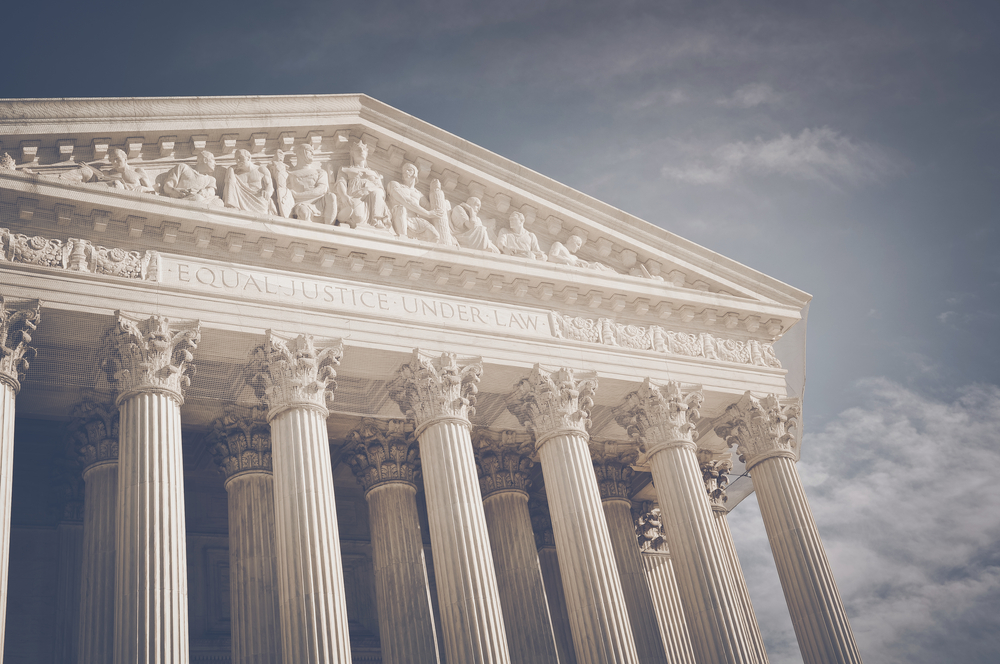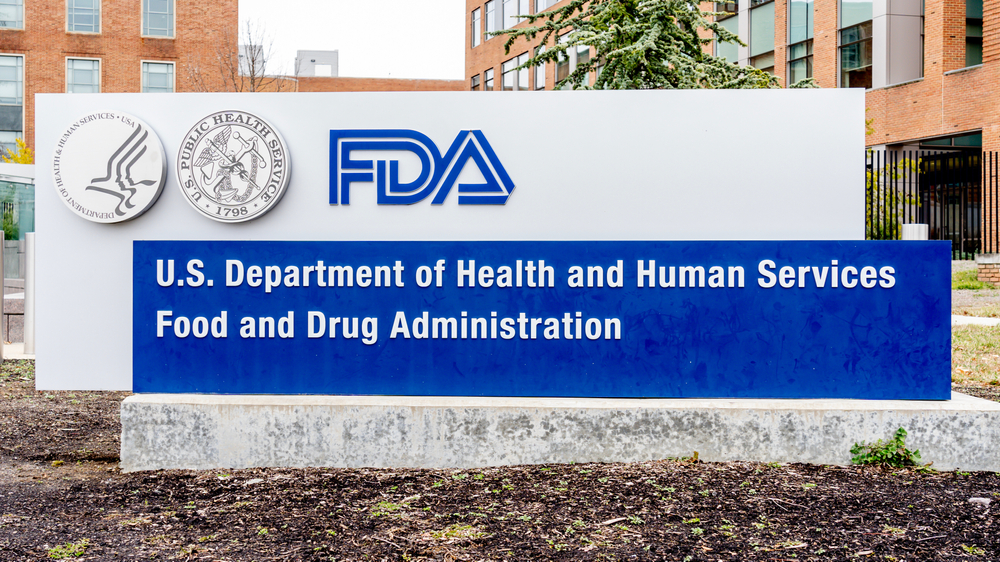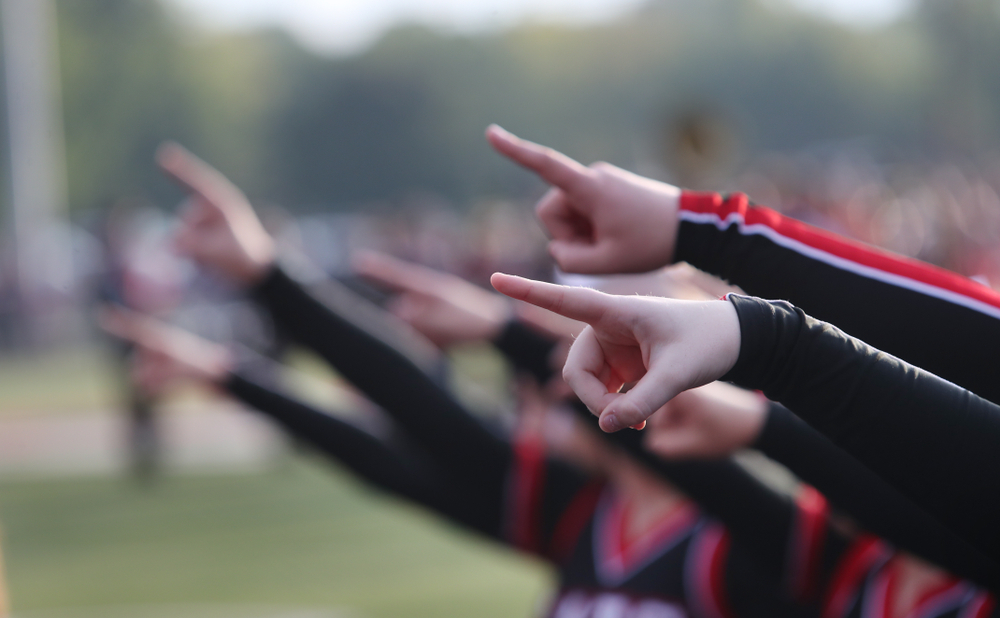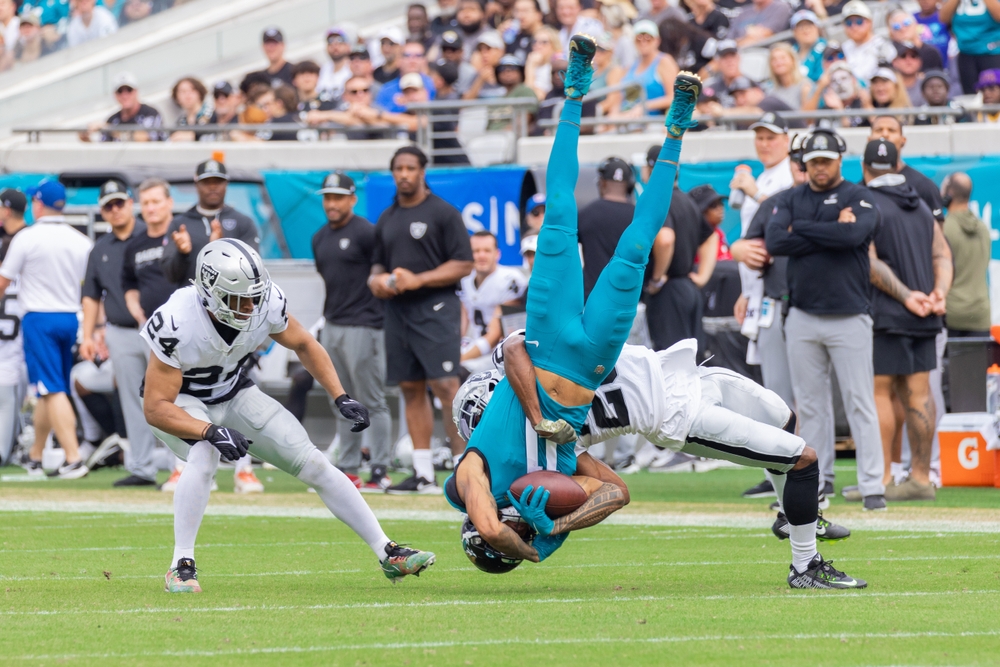Wild West unfolding on pay-for-play in college athletics
Gregg Clifton predicted in September that college athletes would be paid in the near future. Clifton, principal in the Phoenix, AZ office of Jackson Lewis P.C. and co-leader of its Collegiate and Professional Sports Practice Group, said at the time that the “when’’ and “how much’’ remained to be seen.
“It is a very interesting time from a sports-lawyer’s point of view,” he noted back then. “And it’s so fluid. It is literally changing day to day.”
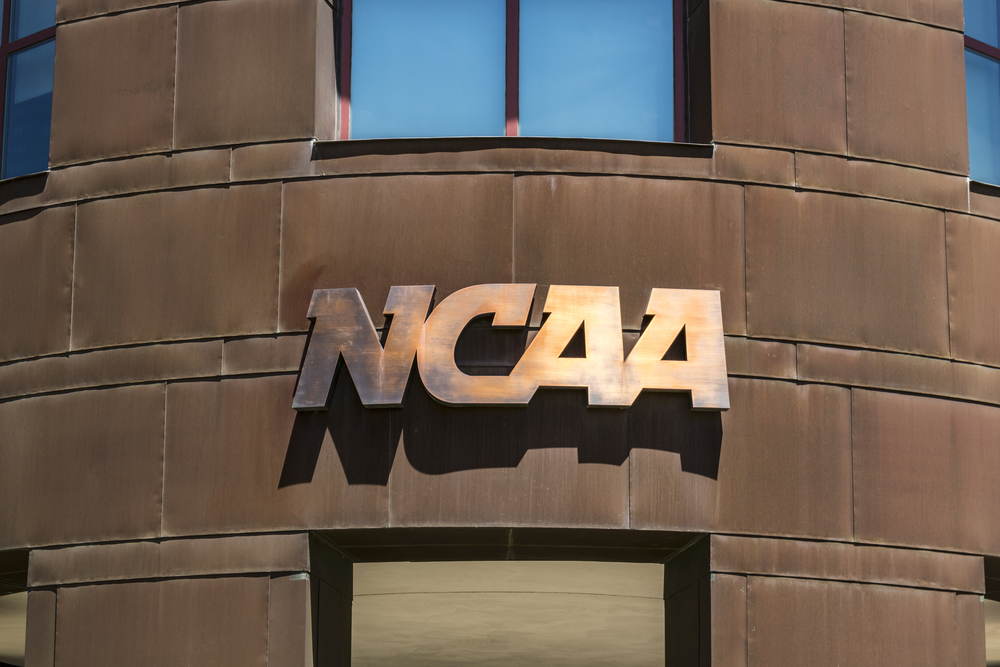
Greater clarity appears on the way — from the Supreme Court.
This week, the Supreme Court agreed to review a court decision from last May that had upheld an earlier decision, one stating the NCAA could not limit player compensation because it violated antitrust law. In essence, the NCAA had argued that uncapped compensation would blur the line between student-athletes and professionals. The court ruled otherwise — preventing the NCAA from capping education-related compensation and benefits for student-athletes in Division I football and basketball programs.
RELATED: You can’t watch the Supreme Court, but you can hear it
RELATED: Golf injuries are big business for lawyers
NCAA appeals followed on the basis that, in effect, the ruling created a “pay-for-play system” for all student-athletes. And now, the NCAA is getting another opportunity to state its case. Arguments will be heard by the Supreme Court next year, with a decision expected before July 1.
It has been 36 years since the Supreme Court considered antitrust issues involving college athletics. That was NCAA v. Board of Regents, which ultimately eliminated the NCAA’s control over television rights.
In a prepared statement, Donald Remy, the NCAA’s chief legal officer, said the NCAA is pleased the Supreme Court will review the organization’s “right to provide student-athletes with the educational benefits they need to succeed in school and beyond.” He continued, “The NCAA and its members continue to believe that college campuses should be able to improve the student-athlete experience without facing never-ending litigation regarding these changes.”
Derek Bruce, managing shareholder of the Gunster law firm’s Orlando, FL, office, always thought the matter of compensation was likely going to end up in the Supreme Court.
“The issue is of great importance to thousands of college athletes as well as fans, and the possibility of inconsistent rulings from one court to the next — creating different rights depending on where you live — virtually ensured the nation’s highest court would have to set a national standard,” Bruce said.
Meanwhile, under mounting pressure from several sectors, the NCAA is moving toward opening up compensation for its approximately 500,000 student-athletes through its own “name, image and likeness” legislation for member colleges and universities. That would create avenues for those athletes to be paid for endorsement and sponsorship deals, as well as appearances and other promotional activities.
By establishing such member legislation, the NCAA is hoping to control its fate regarding name, image and likeness, or NIL. That’s because a bevy of pending state legislation also has designs on changing the financial landscape of college athletics.

In the September Legal Examiner article, Clifton noted, “The clamoring of state legislators to be active and be visible in introducing legislation regarding name, image and likeness rights for student-athletes has been unbelievable.”
Clifton’s call has been confirmed.
Additionally, federal legislators have gotten in on the action. In Congress, the “College Athletes Bill of Rights” emerged on Dec. 17, proposing in a 56-page document the payment of student athletes through revenue-sharing agreements with athletic associations, conferences and schools. Among other impacts, it not only would guarantee dollars to athletes, but also long-term healthcare and lifetime educational scholarships.
Briefly, for the revenue sharing, sports that generate more revenue than the total amount of money that is spent on scholarships in that sport would be entitled to share 50% of the money left after scholarships are paid. For medical care, schools would be required to contribute annually to a medical trust fund to cover the cost of medical care for injuries related to an athlete’s sport. Athletes would be eligible for funding during their college career and for five years after it ends. Regarding education, schools would be required to continue paying for an athlete’s scholarship until they finish their undergraduate degree, as long as the athlete maintains a GPA of 2.2 or higher.
“The College Athletes Bill of Rights would really give student-athletes a greater stake in the financial benefits flowing from their participation in college sports,” Bruce said. “Yet, the issues of the NCAA’s desire to preserve some distinction between amateur and professional athletics, as well as the inevitably increasing divide that would be created between powerhouse programs and their less prominent counterparts, will probably lead to any Congressional action in this area being more incremental.”
That legislation largely is being credited to Sen. Cory Booker, D-NJ, a former football player at Stanford University, and Richard Blumenthal, D-CT. At the same time, Republicans in Congress are devising their own measures, separately and less broad.
So, it’s the NCAA in the Supreme Court on the matter of compensation for college athletes. At least two dozen states are working to establish their own legislation. And Congress wants its say on all.
Months ago, as Clifton watched this sort of Wild West scenario take shape, he commented that “all these potential issues, which are usually separate silos or separate columns, are now crashing together.”
Indeed, game on.
“The next nine months are going to be extremely interesting to watch,” concluded Bruce, “with stakeholders in Congress, most states, the courts and collegiate athletics all lining up to have their say in where this enterprise ends up financially. If you like watching food fights, get your popcorn ready.”











